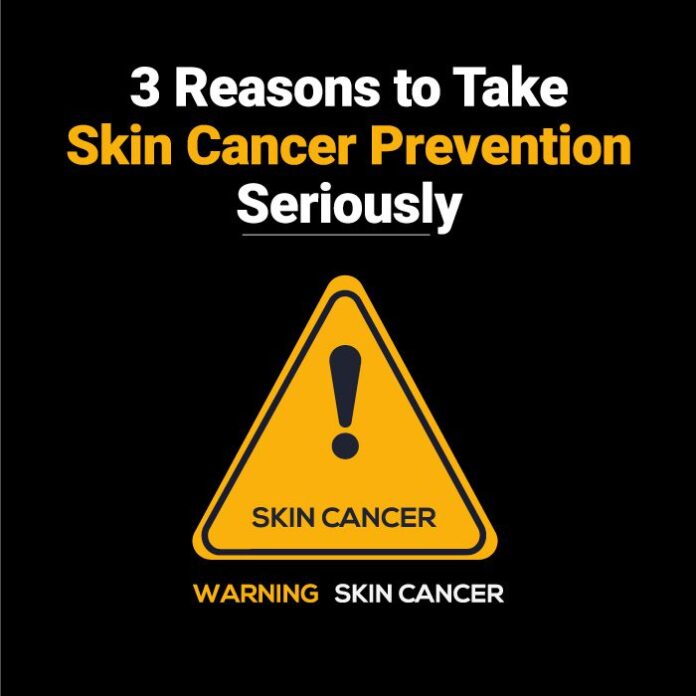
Skin cancer is a prevalent and potentially life-threatening disease that occurs when abnormal cells in the skin grow uncontrollably. The most common types of skin cancer include basal cell carcinoma, squamous cell carcinoma, and melanoma. While genetics and a family history of skin cancer can increase the risk of developing this condition, there are various environmental factors and behaviors that contribute to its development. In this article, we will explore 15 causes of skin cancer, shedding light on their mechanisms and potential impacts on skin health.
1. Ultraviolet (UV) radiation:
Excessive exposure to UV radiation from the sun or artificial sources, such as tanning beds, is a leading cause of skin cancer. UV radiation damages the DNA of skin cells, leading to mutations that can trigger cancerous growths. People who spend a significant amount of time outdoors without proper sun protection, such as broad-spectrum sunscreen and protective clothing, are at higher risk.
2. Sunburns:
Severe sunburns, particularly during childhood or adolescence, increase the risk of developing skin cancer later in life. Sunburns are a result of overexposure to UV radiation, which causes inflammation and damages the DNA within skin cells. The cumulative effect of multiple sunburns can significantly increase the likelihood of developing skin cancer. Regular use of sun protection measures is crucial in minimizing the risk associated with sunburns.
3. Fair skin and light-colored eyes:
Individuals with fair skin, freckles, red or blond hair, and light-colored eyes (such as blue or green) have less melanin, a pigment responsible for protecting the skin against UV radiation. The reduced amount of melanin makes them more susceptible to damage from UV radiation, increasing their risk of developing skin cancer. It is essential for people with these characteristics to be proactive in sun protection and regular skin checks to detect any signs of skin cancer early on.
4. Geographic location:
People residing closer to the equator or at higher altitudes tend to receive more intense UV radiation, which can raise their risk of developing skin cancer. Sun exposure is generally more intense in these areas, leading to higher rates of skin cancer. Additionally, individuals living in regions with warmer climates may engage in outdoor activities that expose them to higher amounts of UV radiation.
5. History of skin cancer:
Individuals with a history of skin cancer, including basal cell carcinoma, squamous cell carcinoma, or melanoma, are at increased risk of developing subsequent skin cancers. Once a person has had skin cancer, routine skin examinations and regular follow-up with a healthcare professional become crucial to detect any recurrences or new skin cancer developments. Prevention measures, including sun protection and lifestyle changes, are equally important for these individuals.
6. Family history of skin cancer:
Having a first-degree relative, such as a parent or sibling, with a history of skin cancer can elevate an individual’s risk of developing the disease. This increased risk could be due to shared genetics or common environmental factors within the family. Those with a family history of skin cancer need to remain vigilant about sun protection and regular skin checks.
7. Occupational exposure:
Certain occupations that involve prolonged exposure to UV radiation or other carcinogens increase the risk of developing skin cancer. Outdoor workers, such as construction workers, farmers, lifeguards, and landscapers, have a higher likelihood of UV radiation exposure and should take extra precautions to protect their skin.












